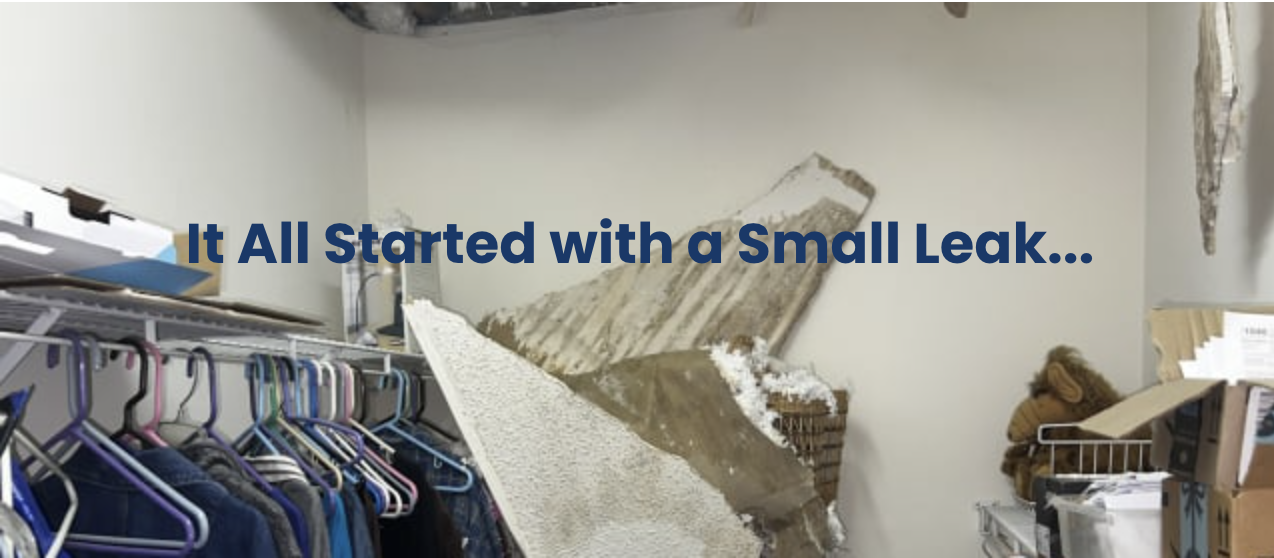| Why That Sneaky Wall Leak Could Be a Mold Monster in Disguise
Once moisture gets in, it doesn’t just stay in one spot. It seeps into drywall, insulation, wood framing, anything porous enough to absorb water. And mold loves that kind of environment. Warm, damp, and loaded with organic materials. It’s a spa day for spores.
Even more frustrating is mold spores don’t stay in one place. They’re airborne, which means they can spread through your vents, cling to surfaces, and quietly colonize other parts of your home or business without you noticing until it becomes a much bigger problem.
If the leak keeps dripping, even slowly, it gives mold a constant water supply. And unless the leak is fixed and the area is properly dried out, you’re fighting a losing battle. Over time, that moisture can actually damage your home’s structure. Weak walls, sagging ceilings, warped floors, none of that is good news for your property value or safety.
Beyond being an unwanted guest, there are also real health risks. Mold spores can trigger allergies, asthma, and other respiratory issues, particularly in kids, older adults, and anyone with existing conditions. |
